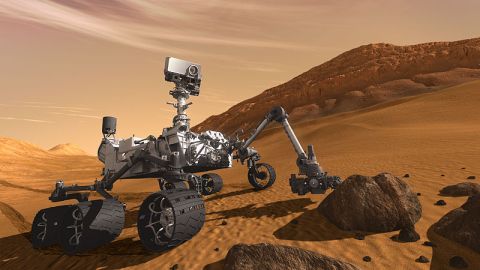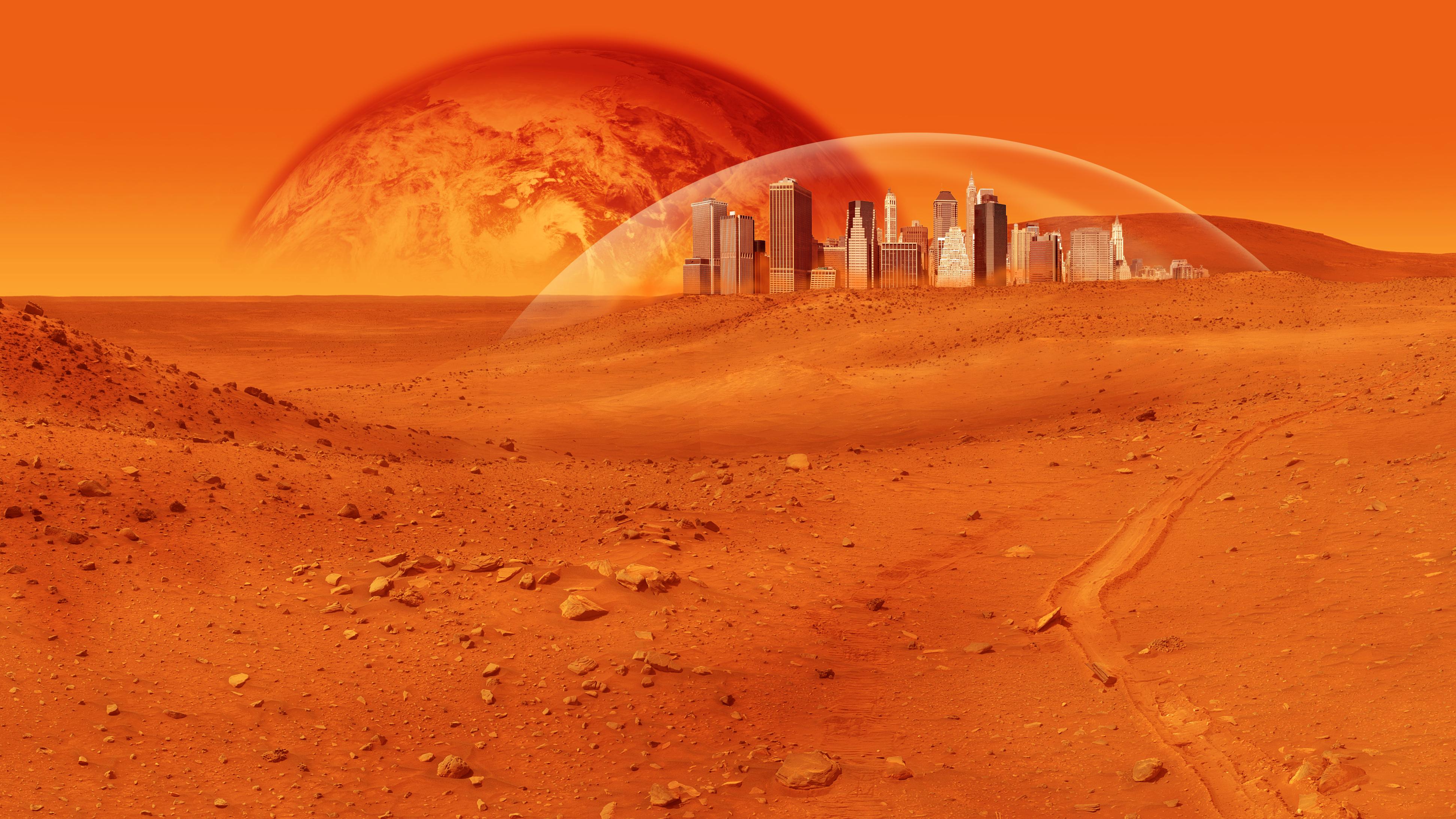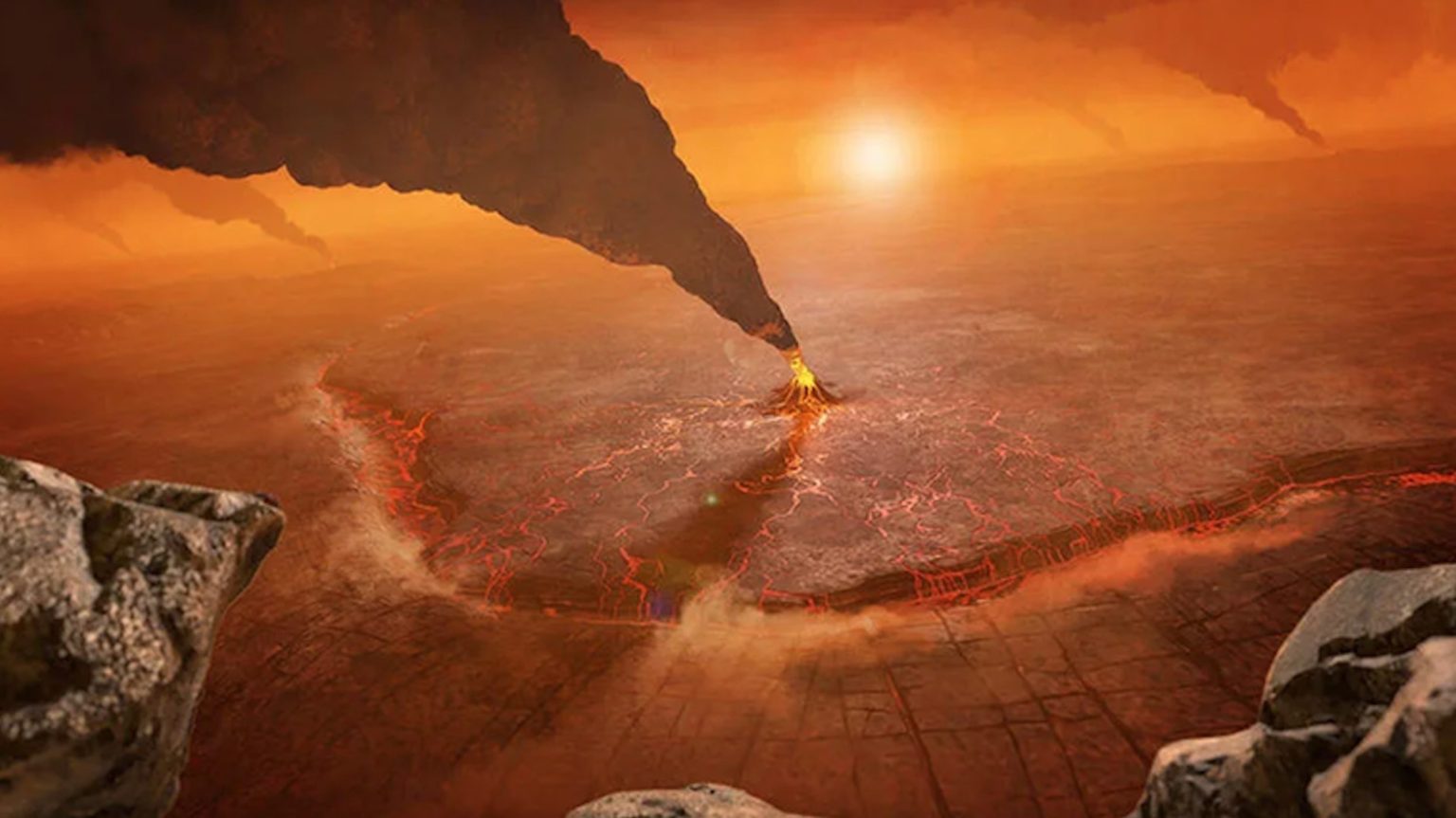Mars Rover to Use New Techniques in Search for Alien Life

What’s the Latest Development?
Thanks to increased confidence in new landing technology, NASA scientists are shrinking the target area for the Mars rover Curiosity, which will touch down on the red planet this August. “We’re trimming the distance we’ll have to drive after landing by almost half,” said Pete Theisinger, Mars Science Laboratory project manager at NASA’s Jet Propulsion Laboratory, meaning Curiosity could reach Gale Crater, an interesting piece of Martian real estate, months earlier than originally planned. Once at the crater, scientists will direct the rover to collect and analyze soil samples for signs of past life.
What’s the Big Idea?
Rather than search for microbes like the Viking missions of the 1970s, Curiosity will look for places and times which may have supported life on the alien surface. One of the most interesting features of the Gale Crater is a 3-mile high mound of debris known as Mount Sharp. The rise is believed to be a geographical record of Mars the same way in which rock layers define different time periods on Earth. “Organic carbon compounds in an environment are one prerequisite for life. We know meteorites deliver non-biological organic carbon to Mars, but not whether it persists near the surface,” said John Grotzinger, the mission’s project scientist. “We will be checking for that and for other chemical and mineral clues about habitability.”
Photo credit: Wikimedia Commons





